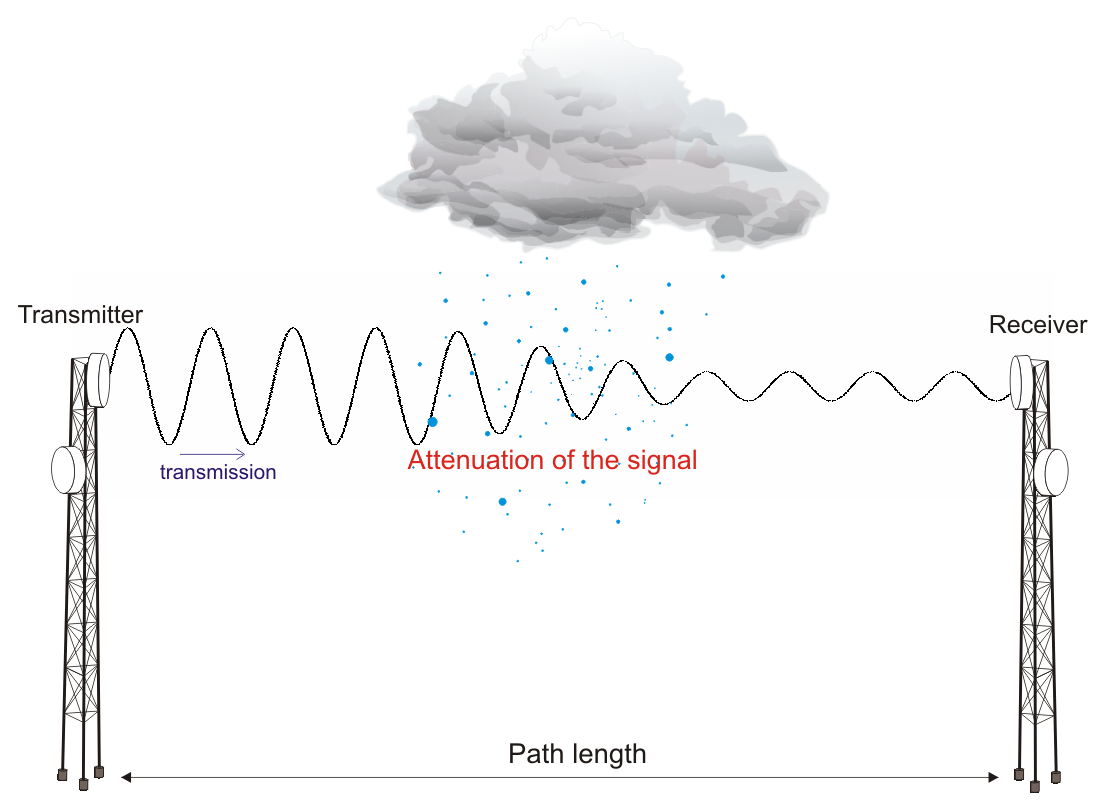At the frequencies commonly used by telecommunication microwave links, the attenuation affecting the link signal and due to rainfall along the path is nearly proportional to the path-averaged rain rate. The possibility to use operational telecommunication links to obtain rain-rate estimates has been recently demonstrated. Because link measurements are integrated at a scale of a few km, telecommunication networks, covering many regions of the world, have a promising potential to provide rainfall estimates that are complementary to those from operational rain-gauge and radar networks.

At LTE, we are working on the evaluation of the rainfall information derived from such telecommunication links in the alpine context: effect of rugged topography, snowfall, merging link, gauge and radar data. The overarching objective is to combine all these sources of information to improve precipitation mapping.
We are currently collaborating with EAWAG (J. Rieckermann) within the Interdisciplnary SNF project COMCORDE to assess the potential of microwave links for urban hydrology.
LTE people involved: M. Schleiss and B. Bianchi.